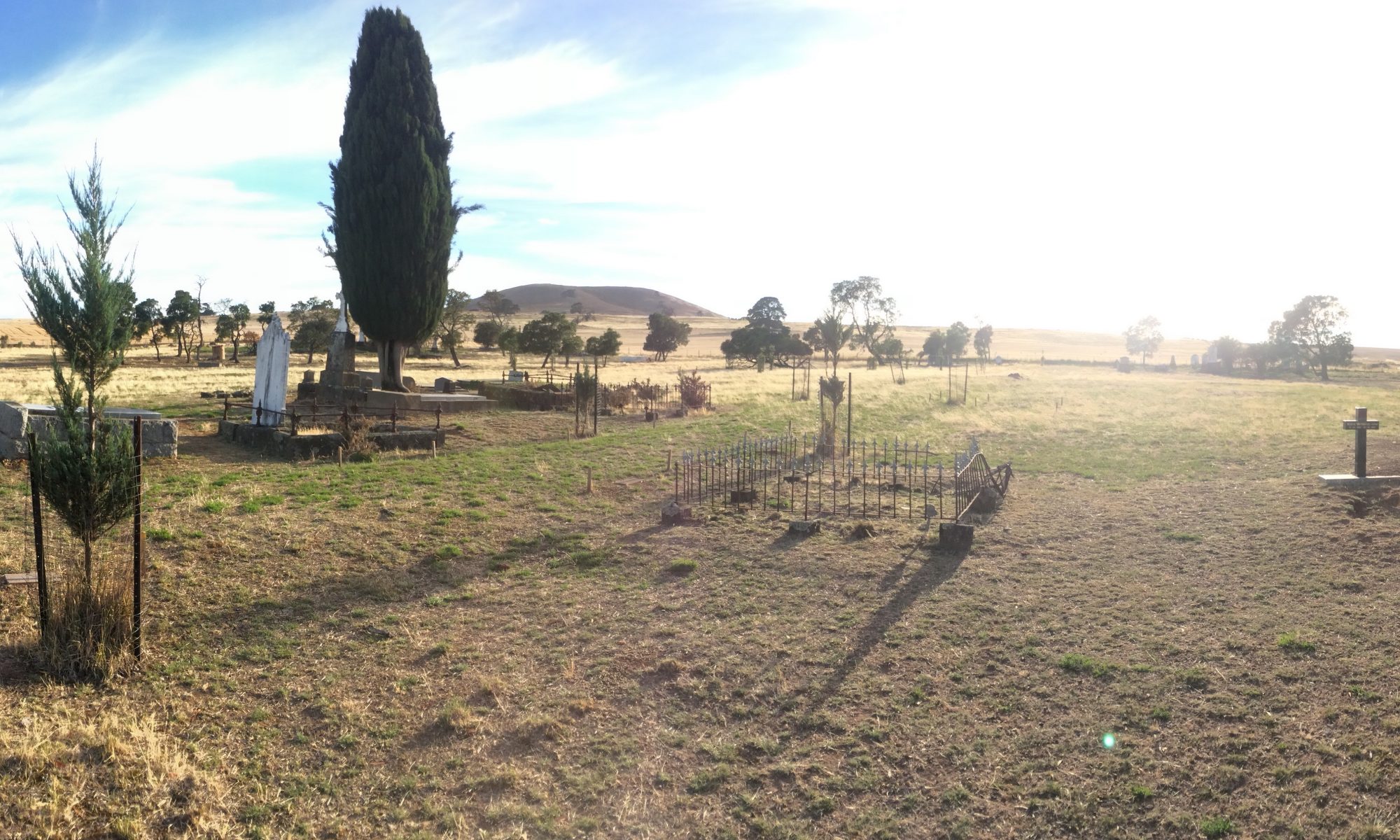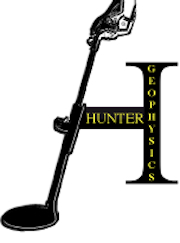On Saturday, I presented at the Cemeteries and Crematoria Association of Victoria’s Country Conference in, Fingal, Victoria. I was preceded by two interesting presentations – one on the implications and responsibilities upon cemeteries during bush fires, and the other concerning insurance for cemetery trusts. My presentation, naturally, concerned the detection of unmarked graves in cemeteries.
At present, there are three methods for detecting unmarked graves:
- Sending down a metal probe into the ground to feel the firmness of the soil, or to hit a coffin itself.
- Scraping off the top-soil and examining the colours of the soil, and
- Geophysics (in which Hunter Geophysics specializes).
I believe geophysics to be a far more reliable method than the other two for the following reasons:
On metal probing-
A) The metal probe may hit a rock, giving a false-positive.
B) The coffin most likely will have decomposed, thereby meaning the grave will not be detected.
C) The soil density (and, therefore, firmness) will vary due to natural processes, meaning that it is possible that a grave may not be detectable.
D) It is difficult to send a metal probe down six feet into the ground to hit a coffin.
On scraping-
A) Natural soil movement and ongoing chemical processes change the colour of the soil, meaning that graves may not be noticed due to the fact that they may have the same colour as the surrounding soil.
Geophysical methods are not susceptible to these downfalls as the physical properties examined by geophysics generally remain static over extended periods of time – often thousands of years.
While it is true that each geophysical method has its own Achille’s Heel, a geophysicist with experience and appropriate training can apply complementary geophysical techniques to overcome the shortfalls of any specific geophysical technique. Each geophysical technique is sensitive to the environment where the survey is being undertaken, as well as a host of other potential issues, and it is for this reason that Hunter Geophysics does not provide a survey proposal without assessing the site beforehand. We don’t want to provide a poor service, we don’t want an unsuccessful survey, and we don’t want our clients to be wasting their funds (and I’m sure our clients agree with me!).
It is for the reasons I have outlined above that I believe geophysical methods are ideal for the detection of unmarked graves, but only if geophysics is applied responsibly and by someone with appropriate experience and know-how.
Our site assessment, performed prior to providing a survey proposal, allows Hunter Geophysics to determine the best geophysical method to use at a particular site, thereby ensuring a successful project.
In addition to the above, my presentation also covered our work at the Creswick Cemetery, performed last year.
The slides from my presentation are available here.
Stay well,
Dave

